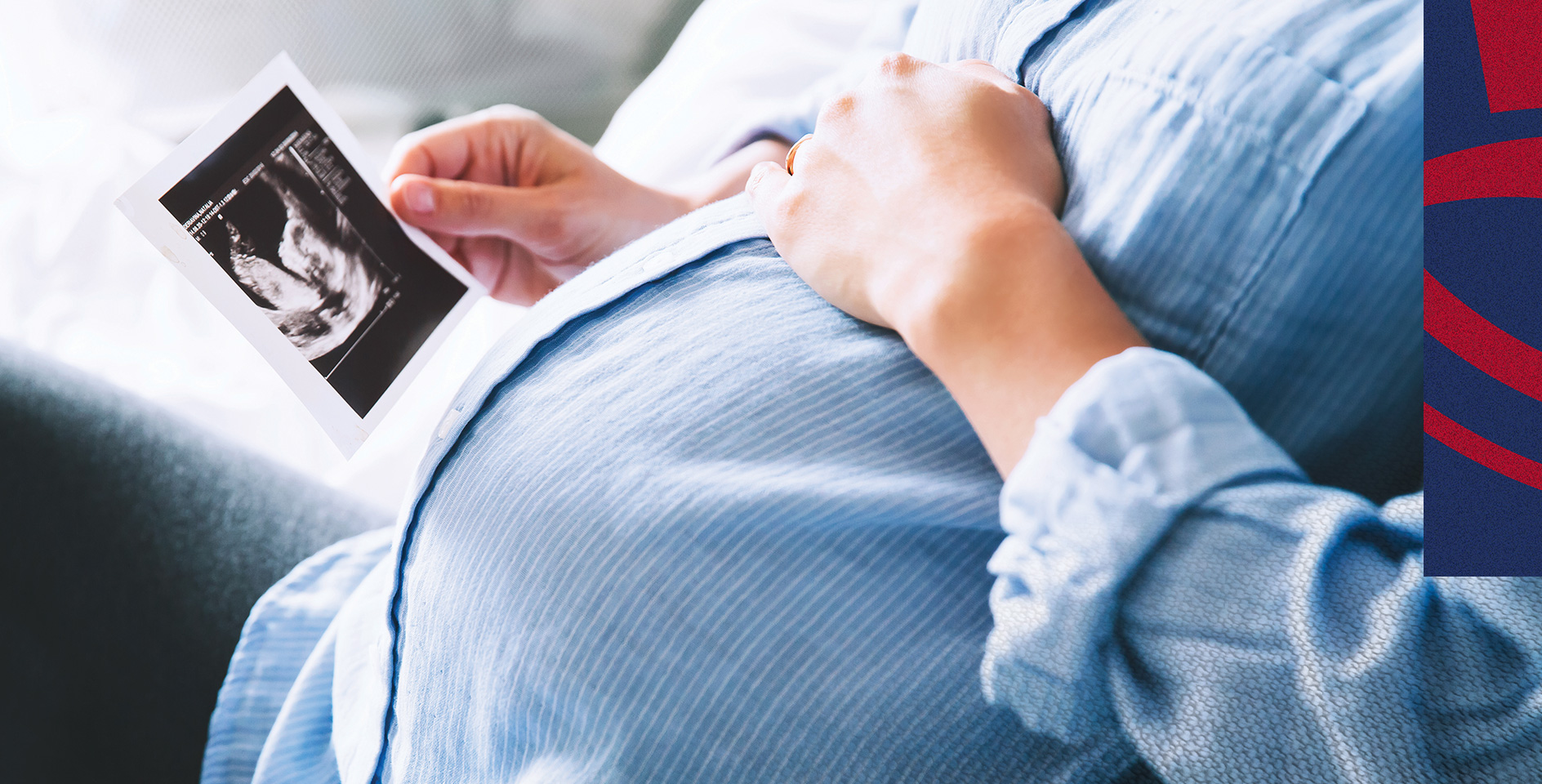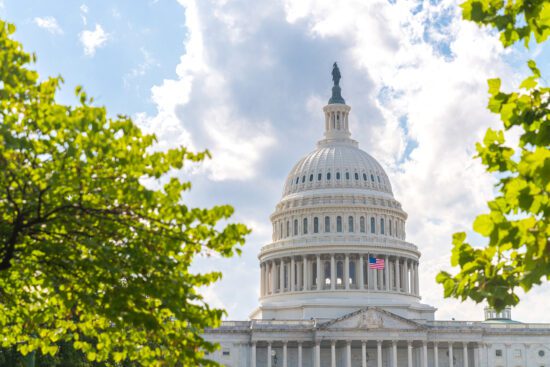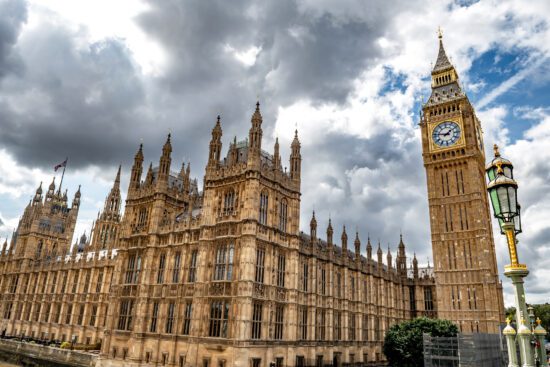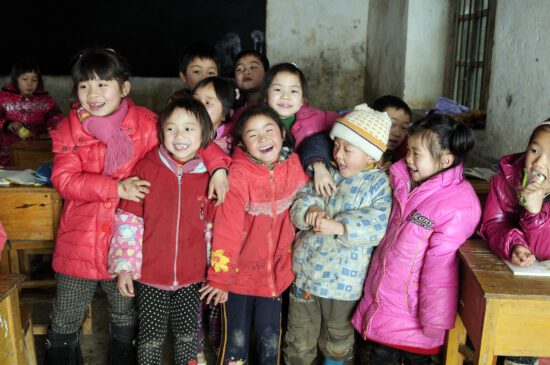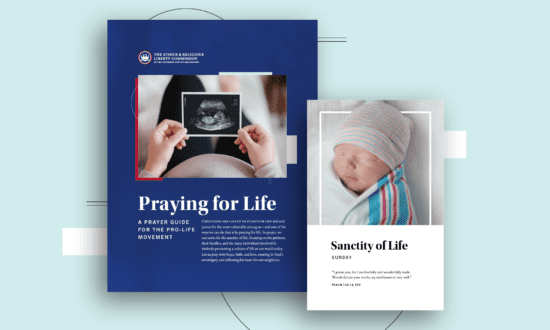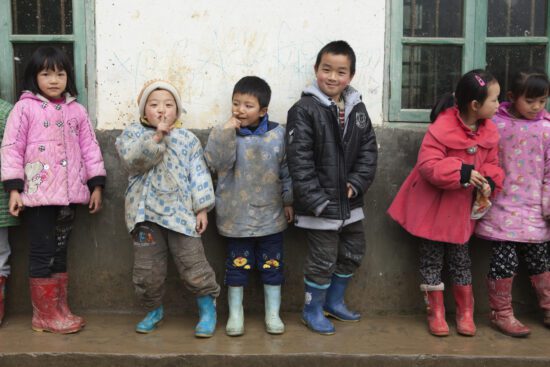The June 2022 Dobbs v. Jackson Women’s Health Organization U.S. Supreme Court decision brought renewed interest to our country’s engagement with the abortion issue. National conversations have led to more discussions about abortion at the local level and increased action within churches and communities. I have heard that pregnancy resource center directors report an increase in donors and volunteers, adoption agencies report seeing more couples beginning the steps in the adoption process, and churches are asking how they might engage.
With a flurry of important and beautiful activities going on around the country, it is also paramount to consider the entire landscape of this movement and what the Church’s role should be in the future.
Abortion is Occurring Less, But is Still Accessible
Based on one survey of abortion numbers in the six months following the Dobbs decision, there were an average of 5,377 fewer abortions per month. The Dobbs decision has secured greater protections for the preborn in our country, and every life saved should be celebrated. Yet, we also need to recognize that abortion is still widely accessible. And while the overall number of abortions per month decreased, chemical abortions and abortion tourism have increased.1 Society of Family Planning, #WeCount Report, https://www.societyfp.org/wp-content/uploads/2023/03/WeCountReport_April2023Release.pdf
The increase in telehealth abortion appointments has allowed for a chemical abortion to be prescribed to a woman without her ever leaving her house. By early 2022, chemical abortion accounted for at least 54.4% of all abortions.2Rachel K. Jones and Doris W. Chiu, Characteristics of abortion patients, Wiley Online Library; April 11, 2023, https://onlinelibrary.wiley.com/doi/10.1363/psrh.12224 Chemical abortions, which consist of two pills taken a few days apart, can be mailed across state lines, making it incredibly hard to regulate.
In states with abortion restrictions, women are traveling to neighboring states that provide access to abortion (i.e., abortion tourism). The states that saw the greatest increases were those that border states with greater abortion restrictions or abortion bans. States like California and New York have also seen a greater number of abortions per month than before Dobbs.3 https://www.societyfp.org/wp-content/uploads/2023/03/WeCountReport_April2023Release.pdf
Court Decisions are Good, But We Must Reach Hearts and Lives
Affecting change at the policy level is important in combating abortion. However, while abortion remains legal in parts of our country, the Church must have a robust vision for caring for the vulnerable. While we advocate for and applaud good laws and legislative advances, we must also develop discipleship strategies that help change people’s attitudes and behaviors toward a pro-life ethic and provide practical and spiritual care for children, vulnerable mothers, and families.
For millennia, the Christian Church has cared for the vulnerable out of the conviction that God created every individual in his image, therefore they have innate dignity (Gen. 1). In the early Church, Christians valued the sanctity of life and saved unwanted babies that were thrown out into the trash heaps. These babies were left abandoned to either die or be taken by slave traders who would sell them for profit.4 https://www.thegospelcoalition.org/article/5-features-early-church-unique/
There are also many orphanages that were started by Christians for the sake of caring for children in need, like Christian missionary George Mueller who served over 10,000 orphans in his lifetime.5https://www.mullers.org/museum Or, evangelist George Whitefield who was among the first to found an orphanage in America.6https://www.thegospelcoalition.org/article/history-today-george-whitefield-founds-an-orphanage/ Believers have always stepped into the challenges of women and children who are in need.
In the same spirit, research of Christian engagement today found that believers are more likely to be generous with their resources in order to serve those in poverty and need.7https://www.thegospelcoalition.org/article/roe-stand-life/ Additionally, Christians in America are nearly three times more likely than the general population to pursue foster care or adoption.8https://www.philanthropyroundtable.org/magazine/less-god-less-giving/ The Church today must not only continue this trend, but deepen its commitment to caring well for those in challenging circumstances facing unplanned pregnancies.
How the Church Can Love the Abortion-Minded Neighbor
In this moment, our churches ought to be motivated by our calling to love our neighbor and care for the vulnerable. The woman facing an unplanned pregnancy and the child in her womb are our neighbors and fellow human beings made in God’s image. And while not every woman is in a vulnerable position when facing an unplanned pregnancy, there are many who are in circumstances that make it feel impossible to keep a pregnancy. And the child in the womb is certainly vulnerable if a woman is considering abortion. Believers must be willing to step into the lives of those facing unplanned pregnancies and offer support that will encourage choices for life.
If the Church is to reach out and meet women where they are, we must ask: Who are the women most likely to be seeking abortion services? Based on demographic data from 2022 of women who have recently had abortions, 69.8% of all abortions in America involve minority women, while 30.2% of abortions involve white women.9Rachel K. Jones and Doris W. Chiu, Characteristics of abortion patients, Wiley Online Library; April 11, 2023, https://onlinelibrary.wiley.com/doi/10.1363/psrh.12224 This data is striking considering that the general population of women of reproductive age are 43% minority and 57% white.10March of Dimes, Population Data for United States, https://www.marchofdimes.org/peristats/data? reg=99&top=14&stop=127&lev=1&slev=1&obj=3 Additionally, 54% of post-abortive women identify as Christian, and three-fourths of abortion patients were considered low income, with 49% living at less than the federal poverty level.11 Guttmacher Institute, Characteristics of U.S. Abortion Patients in 2014 and Changes Since 2008, https://www.guttmacher.org/report/characteristics-us-abortion-patients-2014
In order to connect with abortion-minded women, the Church must build bridges with and care for these women, ready to step in and show the love of Christ while pointing to truth and lovingly walking alongside her. Christians have a unique opportunity to carry on the legacy of caring for the vulnerable. May future reports of the Church today show that same kind of gospel-focused, radical service to those in need.



